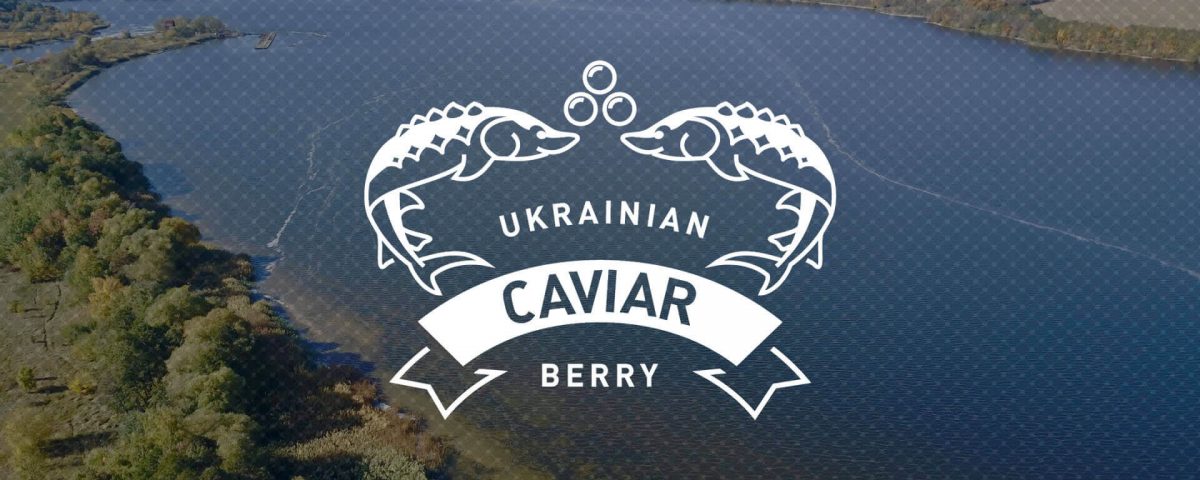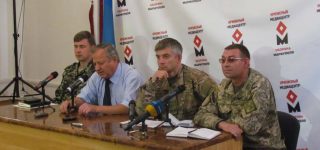On October 5, 2015, Oleksandr Domnikov, the leader of the Ukrainian Civil-Military Cooperation group, announced in Mariupol that the armed forces had successfully carried out a rather unusual operation.
According to Domnikov, a joint brigade made up personnel from the army and the Security Service of Ukraine had conducted a raid just under the nose of the enemy in the eastern city of Pavlopol. Soldiers infiltrated the city in order to save a unique breeding stock of Russian sturgeon.
The Pavlpol Fish Farm was well known not only in the local Donbas region, but also throughout Ukraine by its long-standing activity of increasing Azov Sturgeon population. Russian sturgeon is considered an endangered species and has been placed in the Red Book.
The state responded to concerned citizens by setting up the farm as a way to protect this species and to contribute to environmental protection efforts.
Pavlopol residents participated in all state environmental-protection and breeding programs. But when the violent conflict erupted, these initiatives were put in jeopardy.
For the fish farm, these events were a catastrophe. All the painstaking work that had carried out for a breeding stock that had been carefully raised from nothing could be turned into ash.
The details of this secret operation to save the fish were known only to a small circle of people. Six special machines were used to transport the endangered fish and take them to safety. Armored vehicles were equipped with oxygen systems to maintain the proper water conditions.
It is worth noting that all of this was done under the cover of darkness. The delivery of three tons of sturgeon and beluga had to be arranged after midnight, when it was safer temperature for the fish.
Everyone who took part in this operation reported that the special detachment was successful and had carried out its duty. The breeding stock was evacuated to the Dnipro Sturgeon Plant in the Kherson region for temporary shelter —and no civilians were lost!



